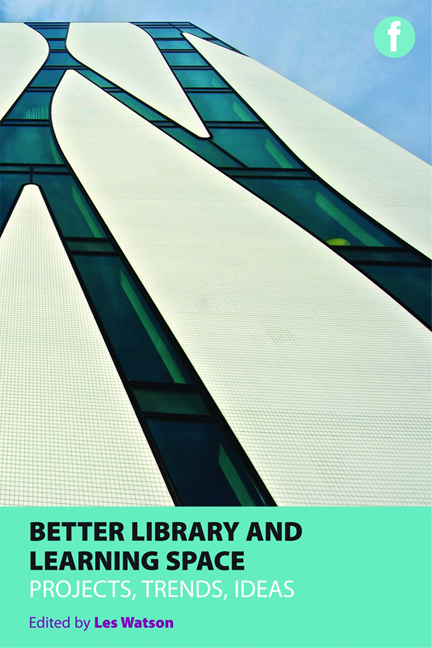Book contents
- Frontmatter
- Contents
- Case studies
- Acknowledgements
- Contributors
- Introduction – about this book
- PART 1 PROJECTS AND TRENDS
- Introduction
- 1 UK projects and trends
- 2 US projects and trends
- 3 China projects and trends
- 4 Hong Kong projects and trends
- 5 European projects and trends
- 6 Australasian projects and trends
- Summary to Part 1
- PART 2 TRENDS AND IDEAS
- PART 3 IDEAS AND FUTURES
- Index
2 - US projects and trends
from PART 1 - PROJECTS AND TRENDS
Published online by Cambridge University Press: 08 June 2018
- Frontmatter
- Contents
- Case studies
- Acknowledgements
- Contributors
- Introduction – about this book
- PART 1 PROJECTS AND TRENDS
- Introduction
- 1 UK projects and trends
- 2 US projects and trends
- 3 China projects and trends
- 4 Hong Kong projects and trends
- 5 European projects and trends
- 6 Australasian projects and trends
- Summary to Part 1
- PART 2 TRENDS AND IDEAS
- PART 3 IDEAS AND FUTURES
- Index
Summary
Introduction
I am intrigued by the transformative power of built space – in our case the library. How does the interface of library space and library patron, library space and library collection, library space and library staff, and library space and library space create something new and more valuable? I wonder how it is that a space that works well for one individual may totally frustrate another? I wonder how library spaces can be designed or improved to facilitate learning – in effect, ‘learn’ to be better learning spaces?
Great library learning spaces can be accidental. Conversely, good intentions by librarians, engineers and architects may not result in space that functions as intended. Can elements common to all great library learning spaces be identified that can guide librarians, planners, architects and engineers?
Successful libraries are transformational spaces
In the USA, dozens of libraries are considered great architecture but may not be great or even good libraries. They are often deemed great by critics because of the reputation of their designers, not because of the satisfaction of the occupants.
A grand exterior design is secondary to what takes place in its interior. Once inside, the visitor should experience a sense of having stepped away from the pressures, distractions and often toxic energies of the outside world. In that way a library resembles other transformational spaces such as churches, synagogues, mosques and temples.
Perhaps libraries do not create the other-worldliness of religious places with their vaulted ceilings, subdued lighting and evocative art. But they should create an awareness of a special place – a place where learning takes place, where contemplation and thought is encouraged, and where those who are curious can readily commune with the authors of the books and texts they encounter – even though separated through space and time.
The exterior of the building is only one variable in the creation of a great learning space. It has a specific task. The exterior must beckon the patron to enter. For example, the Carrière and Hastings design of the New York Public Library at 42nd Street and Fifth Avenue in New York City, with its iconic lions, Patience and Fortitude, framing the steps leading upward to the main entrance, has been photographed many millions of times (Dickson, 1986, 62).
- Type
- Chapter
- Information
- Better Library and Learning SpaceProjects, trends and ideas, pp. 21 - 36Publisher: FacetPrint publication year: 2013

